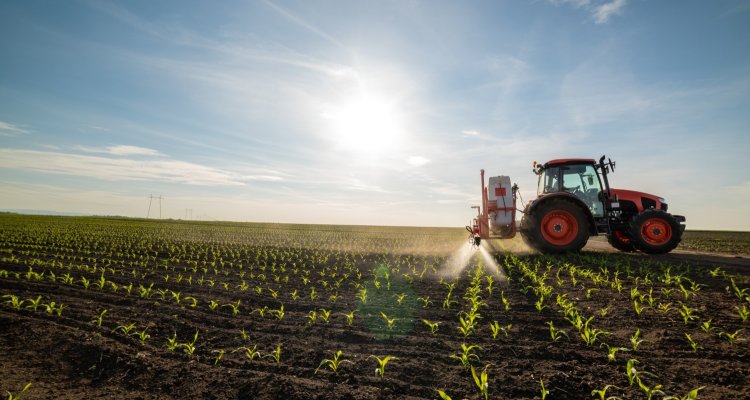
Project
Adsorption of pesticides to mineral reactive soil surfaces
Binding of organic pollutants to soils is still poorly understood, even though sorption is generally the determining process controlling the fate of pollutants in soils. This project aims to gain better insights by investigating binding of pesticides with varying characteristics to separate soil constituents. These insights are then used for developing a mechanistic model quantifying adsorption on soils.
Background
Organic soil pollutants, pesticides being a prominent group, comprise a very large group of compounds with widely varying properties. Because of this variety, research on the binding of these compounds to soils is scarce and mainly limited to correlation studies. Similarly, models describing and predicting sorption are limited and empirical rather than mechanistic. In this project, we will perform a more in-depth investigation in the separate contributions from reactive soil constituents (organic matter, oxides and clays) to binding of pesticides to soil. Experimental results will be used to implement or develop more advanced adsorption models based on a mechanistic description of binding processes.
Project description
For the project, three model pesticides are selected with varying chemical properties. While most attention has been focused on soil organic matter as the main adsorption phase, this project will have a broader scope. Batch adsorption experiments will be carried out on the three main soil reactive surfaces: metal (hydr)oxides, clay minerals and soil organic matter. In addition, surfaces will be combined to study interactions between them. The study on separate reactive surfaces allows for clearer mechanistical insights in the binding processes and the influence of environmental parameters such as pH. The results will be used to implement and develop processed-based models.
Results
Iron oxides are an important adsorbent for glyphosate, due to its phosphonate group, but not for more hydrophobic pesticides. Adsorption is well describe with the CD-MUSIC model. Strong competition from phosphate and organic matter is observed.
Clay minerals considerably contribute to pesticide adsorption. Strong influence of pH and ionic strength is observed.
Soil organic matter is still an important adsorbent for hydrophobic organic pollutants, but studying adsorption on isolated natural organic matter is experimentally challenging. Factors, including pH, ionic strength and immobilization on mineral surfaces, are influential. The research highlights the contribution of other soil surfaces, besides organic matter, and environmental factors to adsorption of organic pollutants and the need to include these processes in binding models.